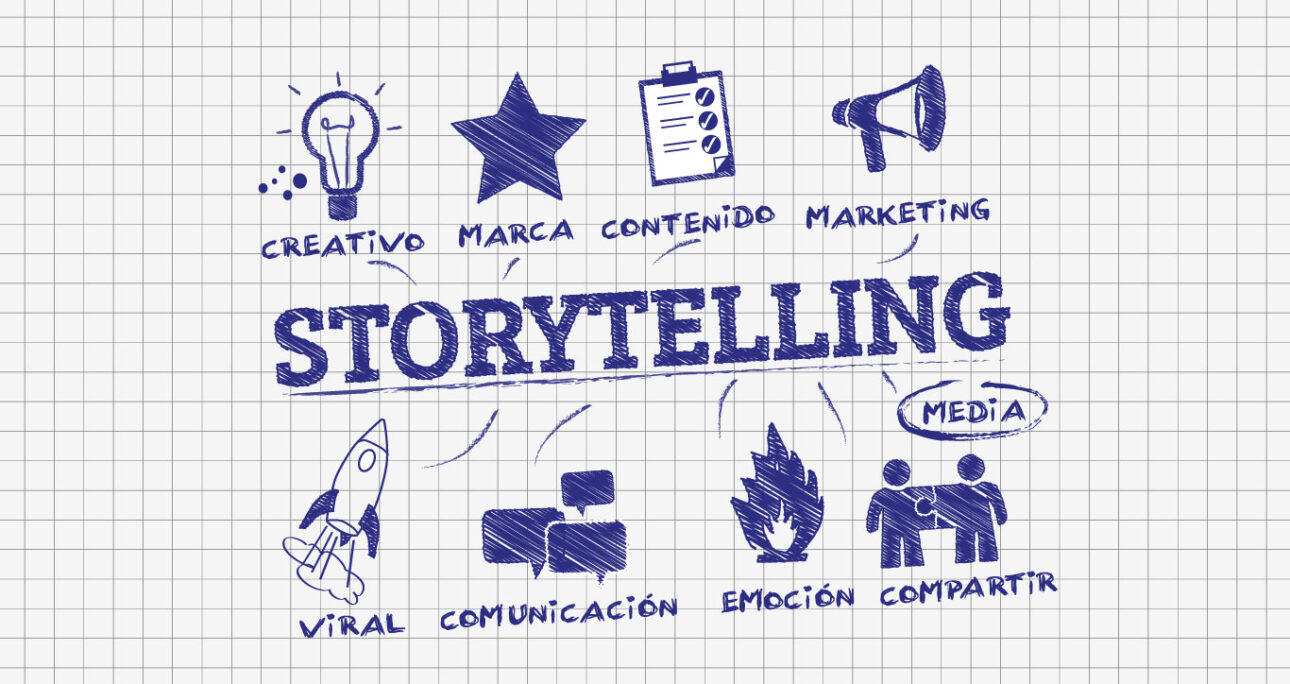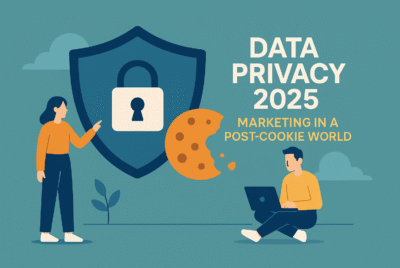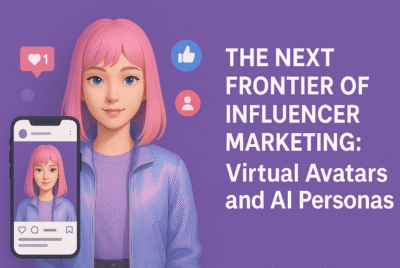In the age of algorithms, automation, and short attention spans, one timeless human trait continues to drive decisions: emotion. And nothing connects to emotion more effectively than storytelling.
Why Storytelling Works in Marketing
Stories are how we’ve communicated for thousands of years. They help us understand the world, relate to each other, and remember important information. When you use storytelling in marketing, you go beyond promoting a product—you create a connection.
A good story taps into the values, needs, or aspirations of your target audience. Instead of focusing solely on features and benefits, storytelling brings your brand to life. People may forget stats, but they remember how you made them feel.
The Core Elements of a Marketing Story
-
The Hero: This could be your customer, your team, or even your brand. Your audience should see themselves in the protagonist’s journey.
-
The Problem: What challenge or need does the hero face? This sets up the relevance of your solution.
-
The Guide: That’s you—your business or brand—as the expert who helps the hero overcome their obstacle.
-
The Solution: Demonstrate how your product or service becomes the turning point.
-
The Transformation: The resolution—how life improved because of the change your brand enabled.
Where to Use Storytelling
-
Website “About” pages: Tell your origin story in a relatable and authentic way.
-
Social media content: Share real customer stories, employee spotlights, or behind-the-scenes journeys.
-
Email marketing: Use storytelling to make announcements, welcome emails, or nurture campaigns more engaging.
-
Product pages: Don’t just list specs—describe how your product solves a real-world problem.
Examples of Storytelling in Action
-
A fitness brand shares a video following a customer’s journey to health, emphasizing struggle and triumph.
-
A coffee company tells the story of the farmers who grow their beans, making the product feel more ethical and meaningful.
-
A startup founder shares how a personal experience led to the development of their app, creating trust and authenticity.
Final Thoughts
Storytelling is not about fabricating drama—it’s about sharing real, meaningful narratives that your audience can connect with. When you use stories, you don’t just sell a product; you invite people to join a movement, a mission, or a lifestyle.





